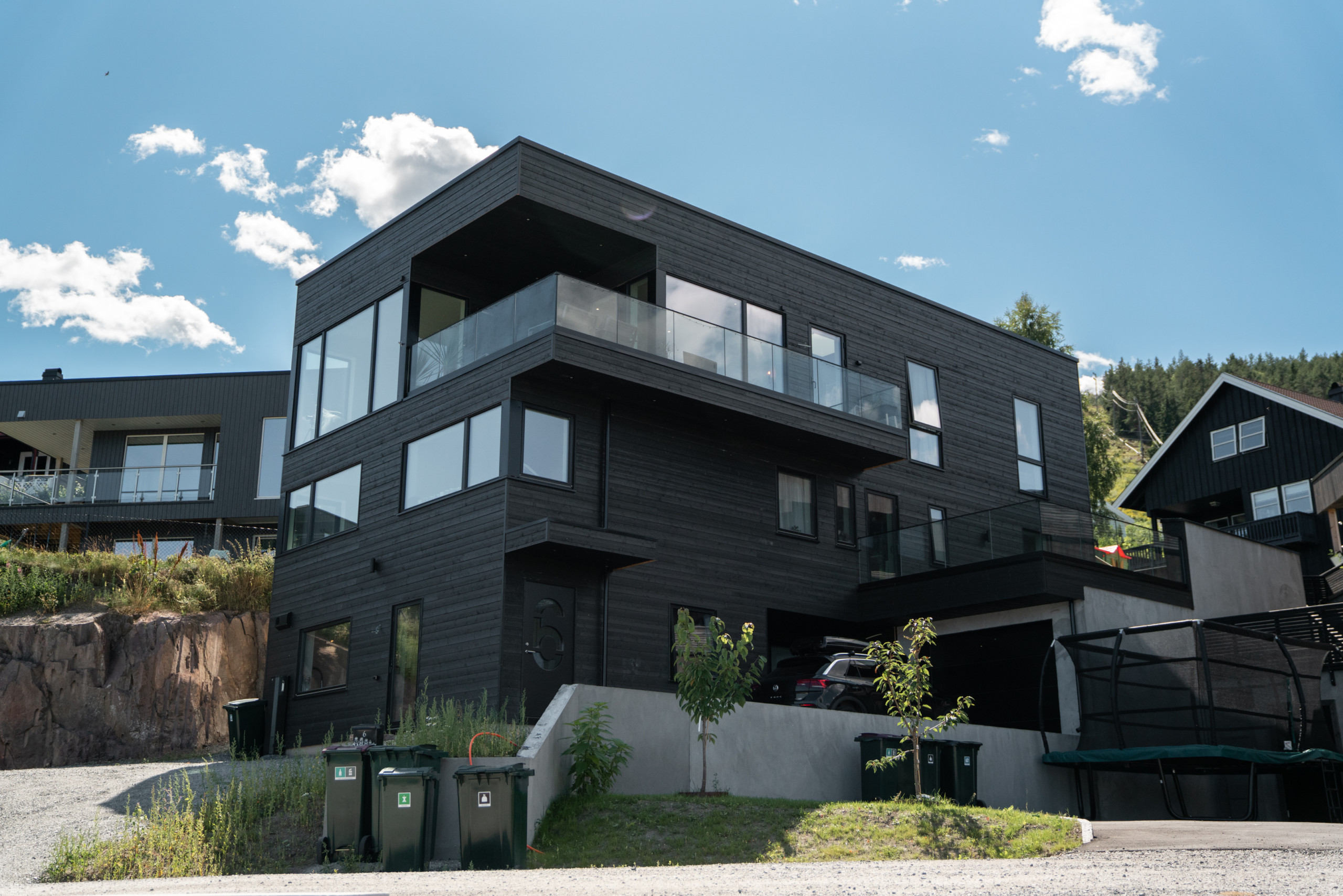
Right now there is a lot of focus on electricity prices and many people are asking what they can do to reduce their electricity costs. Measures such as additional insulation, checking windows and turning down the heat can lower energy costs in the short and long term.
An important factor to consider when making your home energy efficient is that the ventilation is adequate and works optimally. A ventilation unit with heat recovery is not intended to be a heating source. Its most important task is to supply fresh air and remove moisture, bad odors and other impurities. By taking advantage of and recycling the heat that is vented out, the need to add heat is reduced.
House
If you live in a house from the 70s and 80s that only has exhaust air from the bathroom and kitchen – where the fresh air is supplied to the house via self-drafting valves – there is a lot to save. If you install ventilation with heat recovery, you can save just over 30% of your heating costs. It assumes that you install a unit with 80% efficiency – which is standard on the market today. A requirement for this is that you already have triple-glazed windows and that the rest of the house is built in such a way that you do not have abnormal drafts.
Apartment building
In existing multi-apartment buildings where ventilation with heat recovery is installed and where at the same time the climate shell is repaired – i.e. replace windows and insulate – the savings are between 20-40% of heating costs.
Do not turn off the ventilation!
The ventilation in your house or apartment building is there to supply fresh air and contribute to a good indoor climate. We spend about 90% of our time indoors, which makes ventilation a very important factor for our health. It is therefore particularly important to review the ventilation in connection with, for example, measures such as additional insulation and sealing of the home. Otherwise, we run the risk of damp, bad air remaining in the property, which in the long run leads to costly moisture problems and poor health.
Tips for good ventilation
- Demand-controlled ventilation, ie turn it down when you are not staying in the home.
- Changing the filter regularly so that the ventilation works as efficiently as possible.
- Pay attention if mist forms on windows in, for example, bathrooms or kitchens. This may mean that the ventilation is not fully adequate.
- Use energy-efficient fans.
- Install units with efficient heat recovery.
